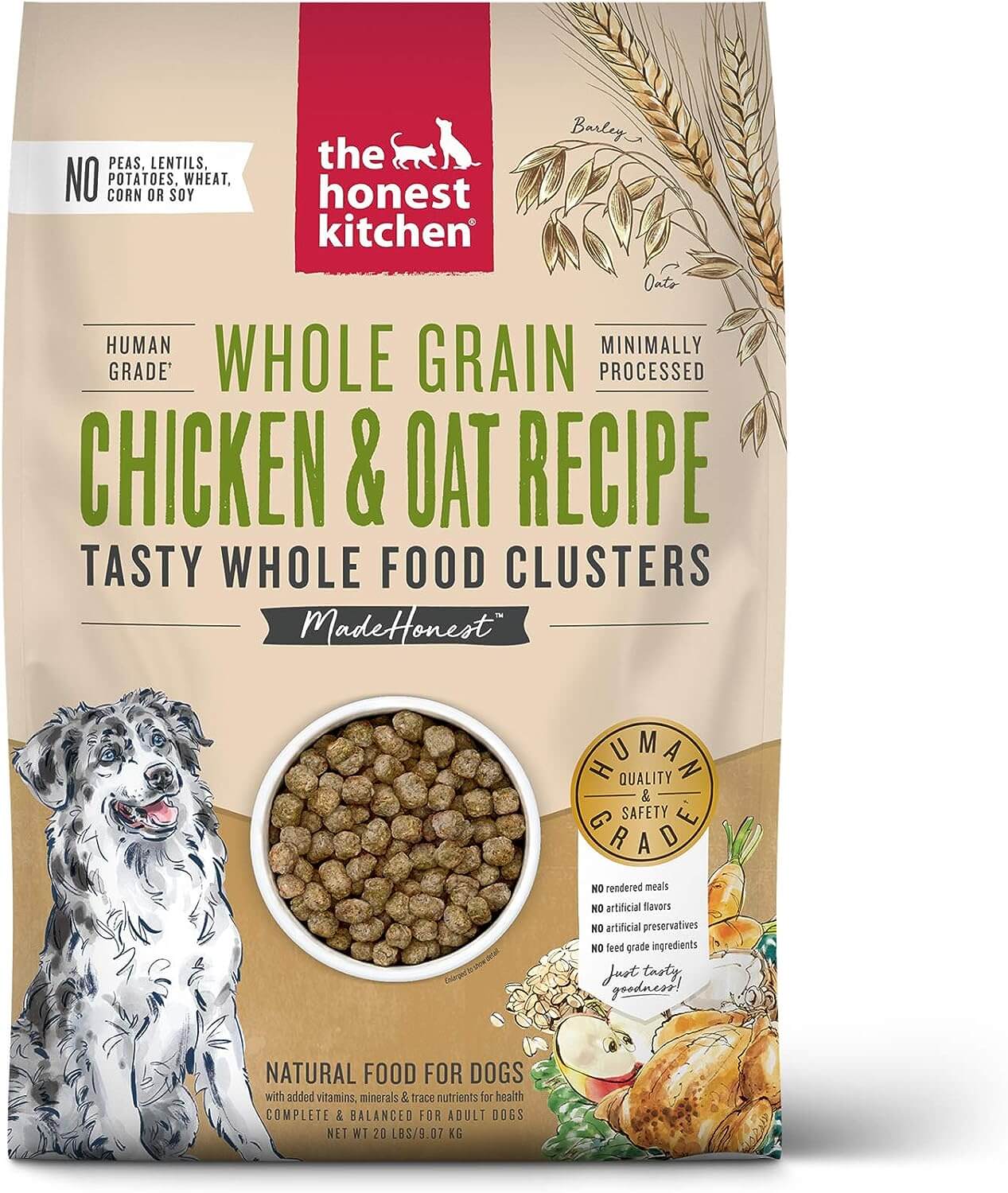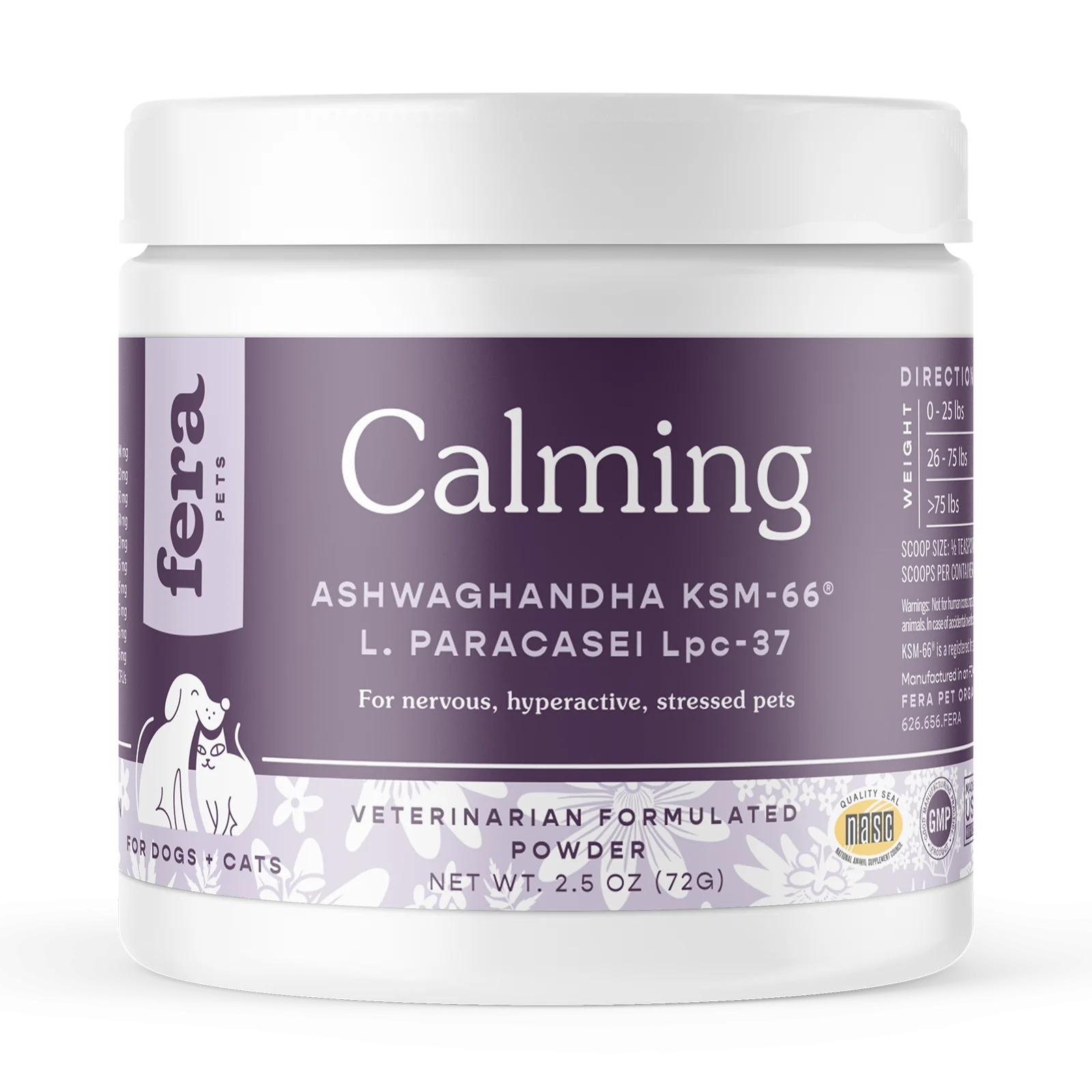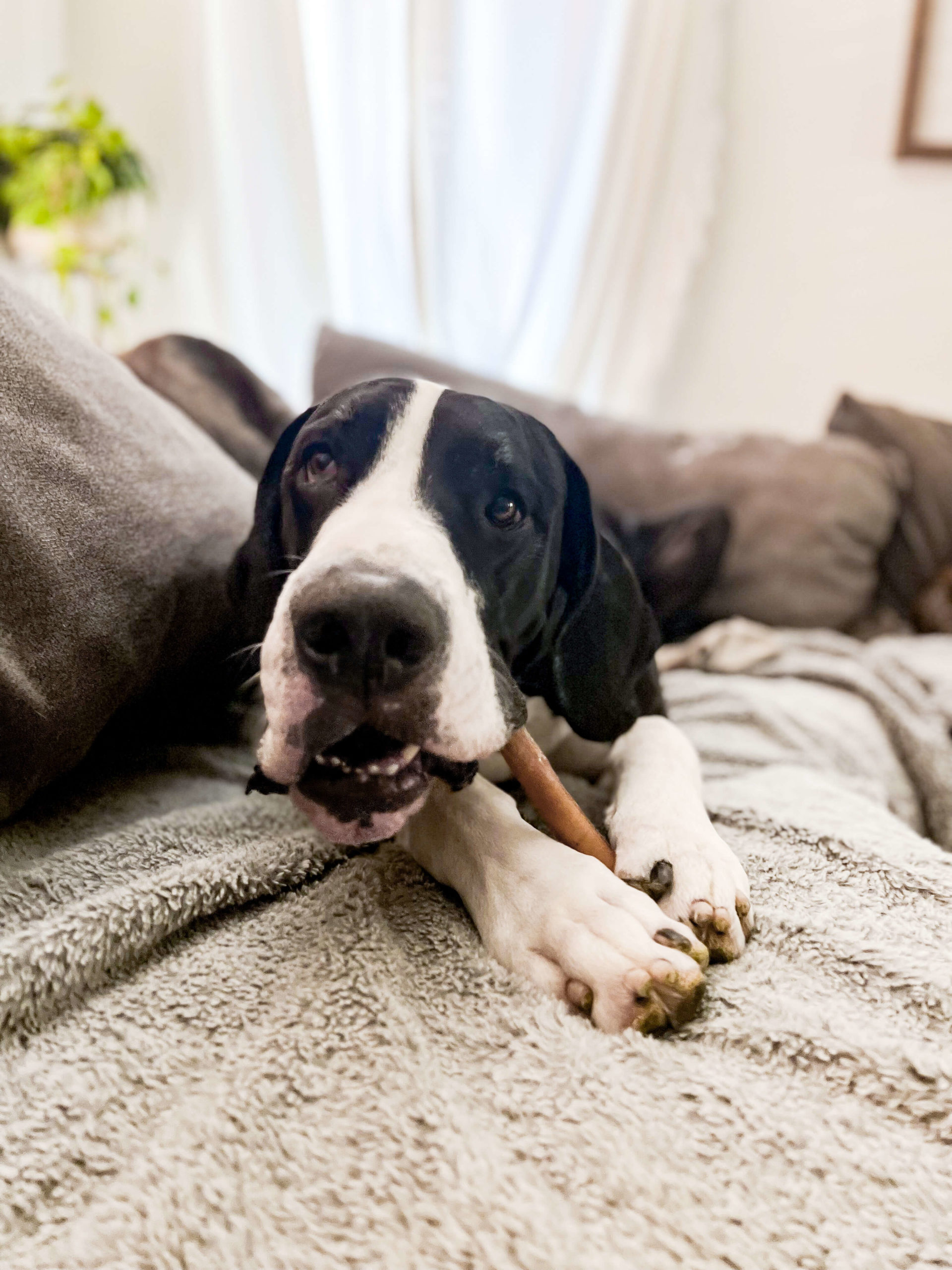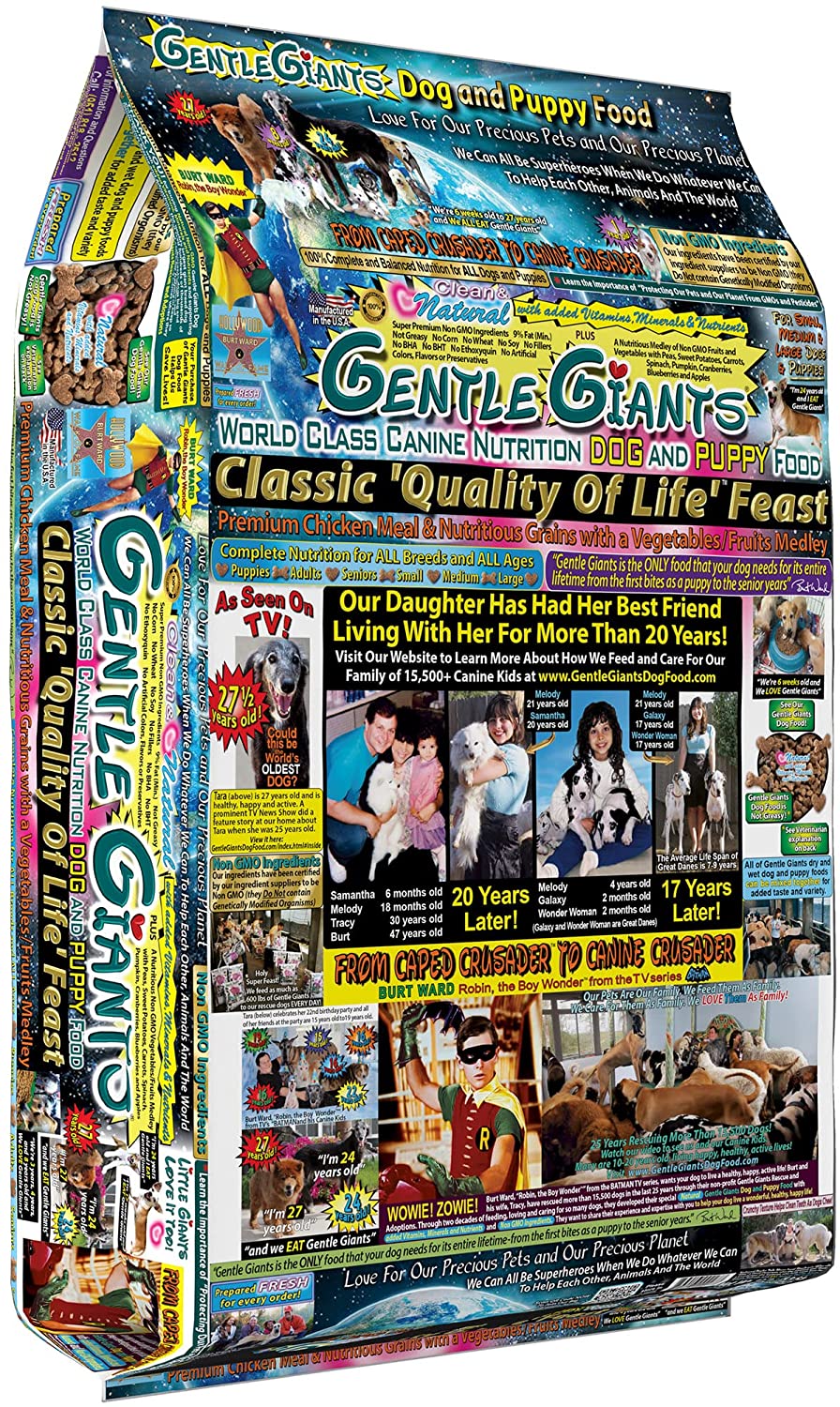
As with all pet food content I write, I aim to provide transparency and useful information. This Honest Kitchen dog food review is going to

As with all pet food content I write, I aim to provide transparency and useful information. This Honest Kitchen dog food review is going to

Calming supplements for dogs have become increasingly popular as dog owners struggle to keep their dogs calm while they work, run errands, travel, or during

You may have seen that the Great Dane community often recommends Victor Dog Food. Is Victor Dog food good for Great Danes? Why is Victor

If you are looking for the best dog chews recommended by vets, we’ve created a handy guide for you! Not all dog chews are created

Today, we’ll be providing a comprehensive Gentle Giants dog food review, offering fresh insights to help you make an informed decision when choosing food for